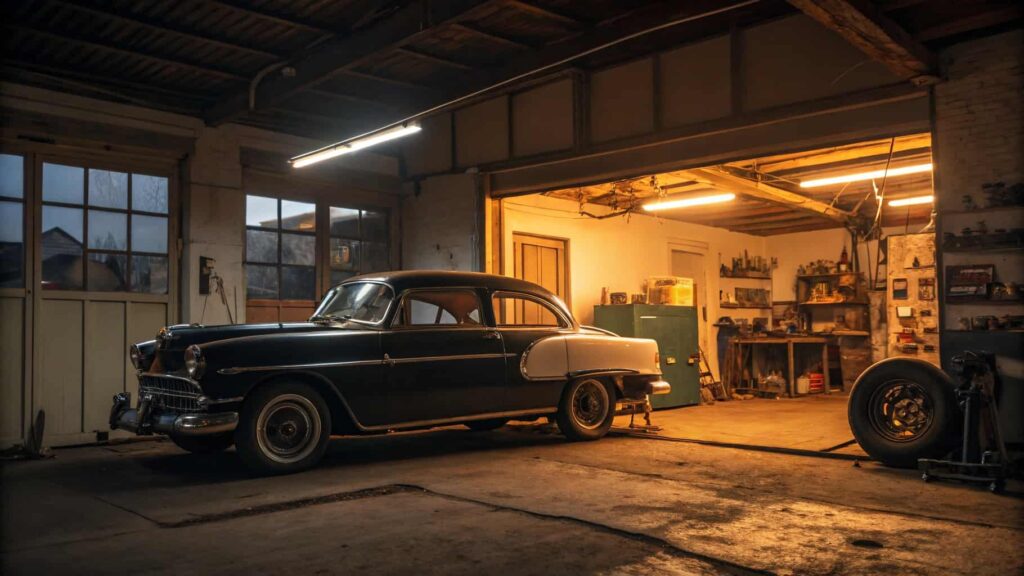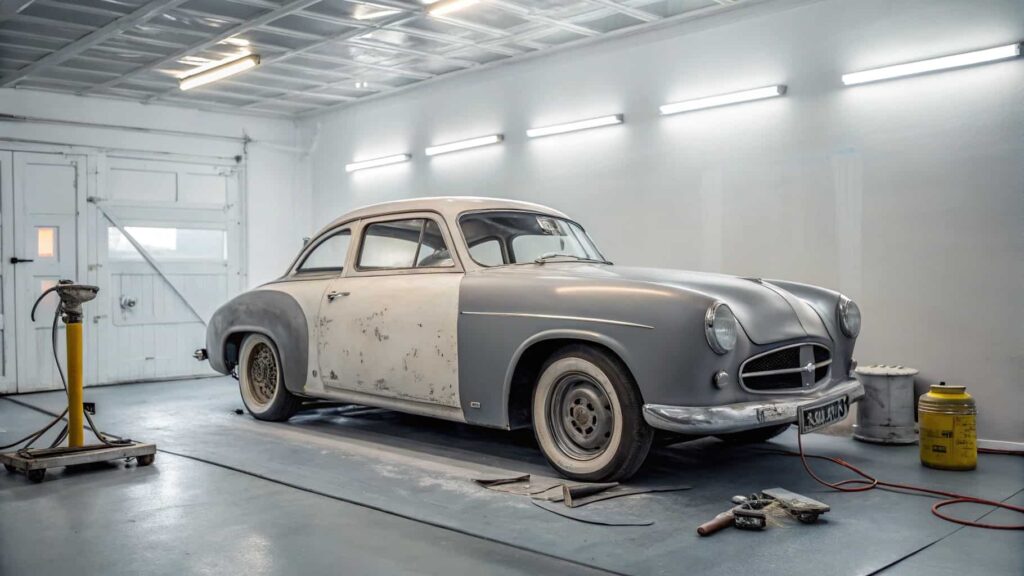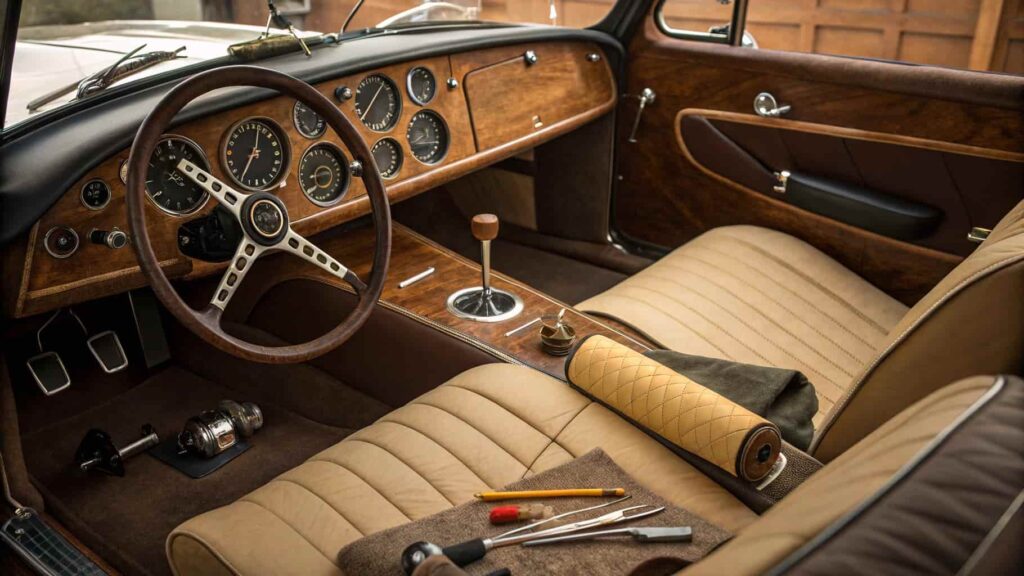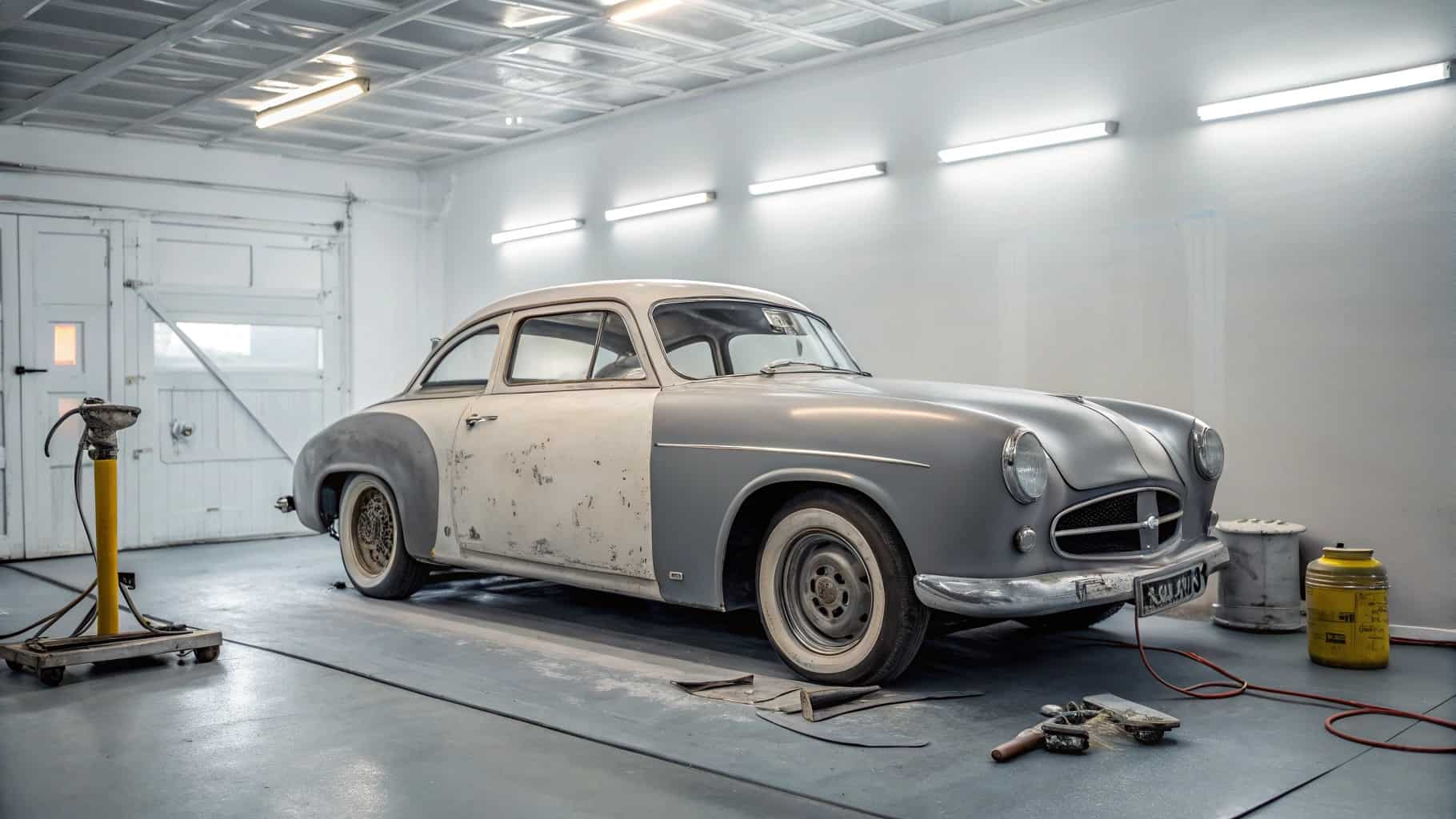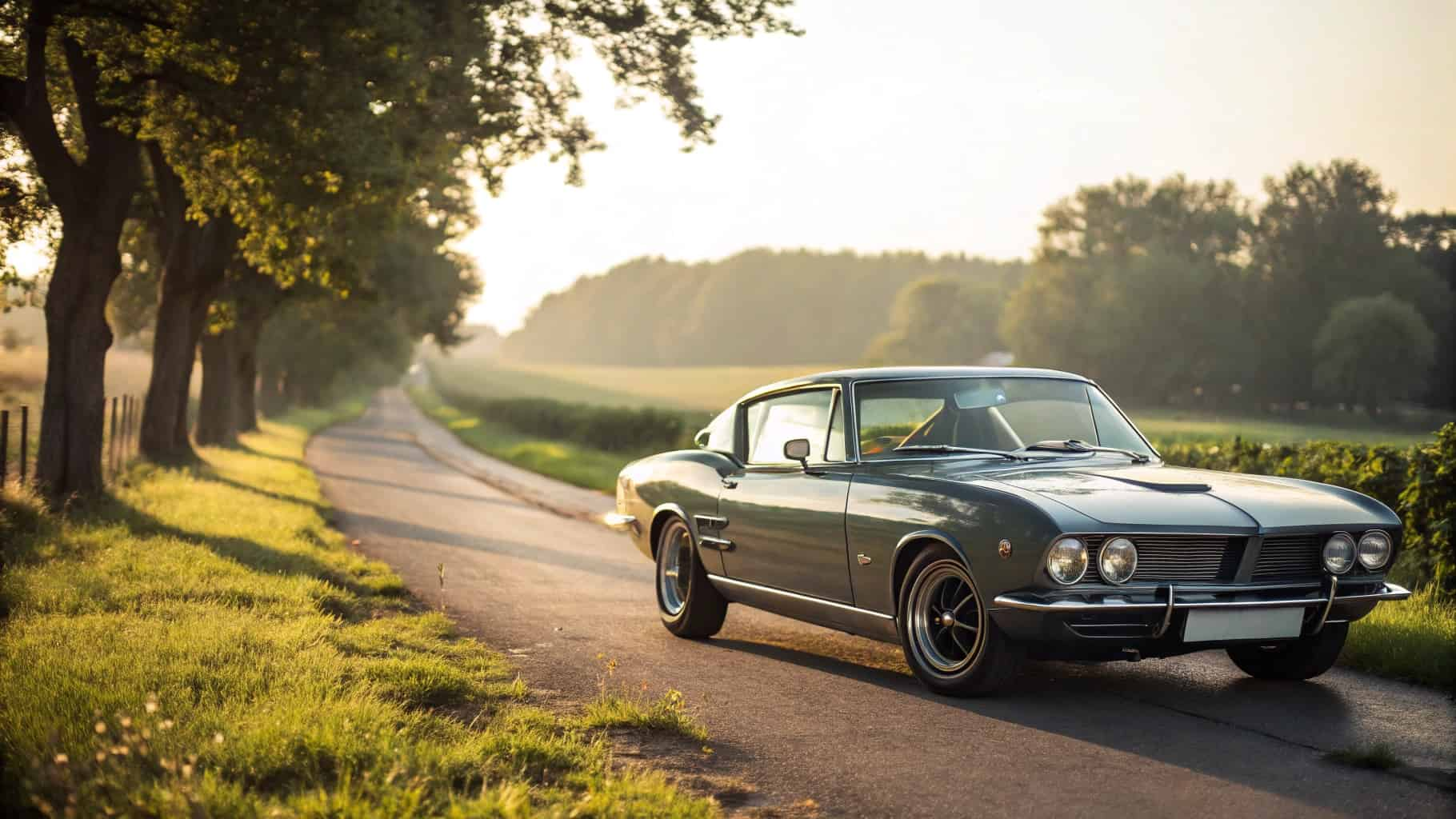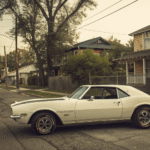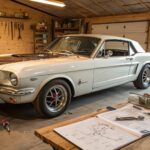Now Reading: Essential 1967 Mustang Parts for a Complete Restoration
-
01
Essential 1967 Mustang Parts for a Complete Restoration
Essential 1967 Mustang Parts for a Complete Restoration
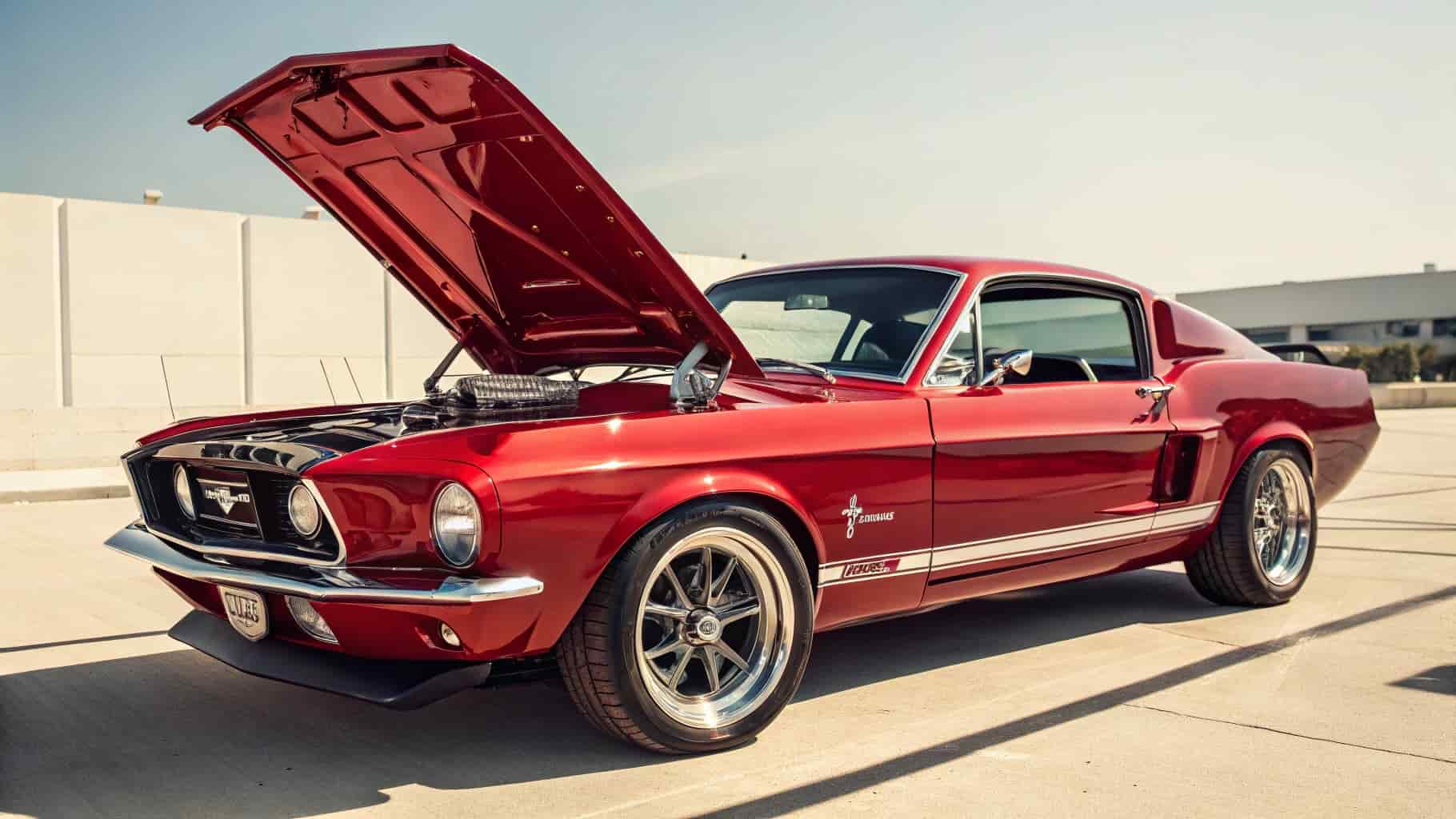
Essential 1967 Mustang Parts for a Complete Restoration are the cornerstone of bringing this classic American muscle car back to life. Whether you’re a seasoned restorer or a passionate enthusiast tackling your first project, knowing which parts to focus on ensures your Mustang not only looks stunning but performs reliably. From the engine to the body and interior, every component plays a vital role in capturing the authentic spirit of this iconic vehicle.
Restoring a 1967 Mustang is more than just replacing parts—it’s about preserving history while enhancing performance and safety. The original components offer charm and authenticity, but integrating modern upgrades can improve drivability, comfort, and reliability without compromising the classic feel. Carefully selecting quality parts, whether original equipment manufacturer (OEM) or high-grade reproductions, lays the foundation for a restoration that will turn heads for decades to come.
This guide walks you through the essential parts needed for a complete 1967 Mustang restoration, covering critical systems like the engine, transmission, suspension, brakes, body panels, and interior. By understanding the best options for upgrades and replacements, you can plan your project with confidence, ensuring your Mustang not only looks like a showroom masterpiece but drives with the power and safety expected of a true muscle car legend.
Engine Components for Optimal Performance: Must-Have 1967 Mustang Parts
Rebuilding the 289 Engine for Authentic Power
For any 1967 Mustang restoration, rebuilding the original 289 engine is a top priority. Instead of swapping it out, keeping the original block maintains authenticity and value. First, inspect the block for cracks or damage. A solid block can be rebuilt with a kit including pistons, rings, bearings, and gaskets. Don’t forget to check the crankshaft and camshaft for wear — a machine shop can handle polishing or grinding if needed.
If you want more power, consider converting your 289 into a stroker engine, increasing displacement without sacrificing reliability.
Choosing the Right Carburetor for Your Mustang
Selecting the right carburetor is critical for engine efficiency. For the 289 engine, a 4-barrel carburetor typically fits well. Brands like Holley and Edelbrock offer reliable options. While bigger carburetors can mean more power, it’s essential to match the carburetor size to your specific setup and driving style for optimal performance.
Upgrading the Ignition System
Upgrading to a high-energy ignition (HEI) system can greatly improve combustion efficiency and fuel economy. Components like a modern distributor, coil, and spark plug wires will provide a stronger spark and longer durability, helping your Mustang run smoother and with less maintenance.
Transmission and Drivetrain: Key 1967 Mustang Parts for Smooth Driving
Rebuilding the C4 Automatic Transmission
The C4 automatic transmission is a popular choice among Mustang restorers. A complete rebuild with quality replacement parts ensures reliable shifting and performance. Consider adding a shift kit to enhance durability under stress.
Selecting the Best Differential Gear Ratio
Choosing the right differential gear ratio impacts acceleration and cruising. For example, a 3.50:1 ratio improves acceleration, while a 2.79:1 suits highway driving better. Assess your driving needs before deciding.
Enhancing Driveshaft and U-Joints
Upgrading to an aluminum driveshaft and replacing worn U-joints can reduce weight and improve throttle response, making your Mustang more enjoyable and reliable on the road.
Body Panels and Exterior Restoration: Authentic 1967 Mustang Parts
Replacing Rusted Panels for Structural Integrity
Rust is common in classic Mustangs. Start with a thorough inspection of areas like wheel wells, floor pans, and trunk. Use high-quality reproduction or OEM panels for replacements. Professional welding ensures a seamless, durable finish.
Choosing Quality Paint and Finishes
Authentic paint matching original color codes preserves your Mustang’s classic look. Protective coatings such as clear coats or ceramic finishes protect the paint and prevent rust.
Upgrading to Modern Lighting Systems
Switching to LED headlights, sequential tail lights, and LED signal lights improves safety and adds a modern touch without compromising classic style.
Suspension and Steering Upgrades: Improving Ride and Handling
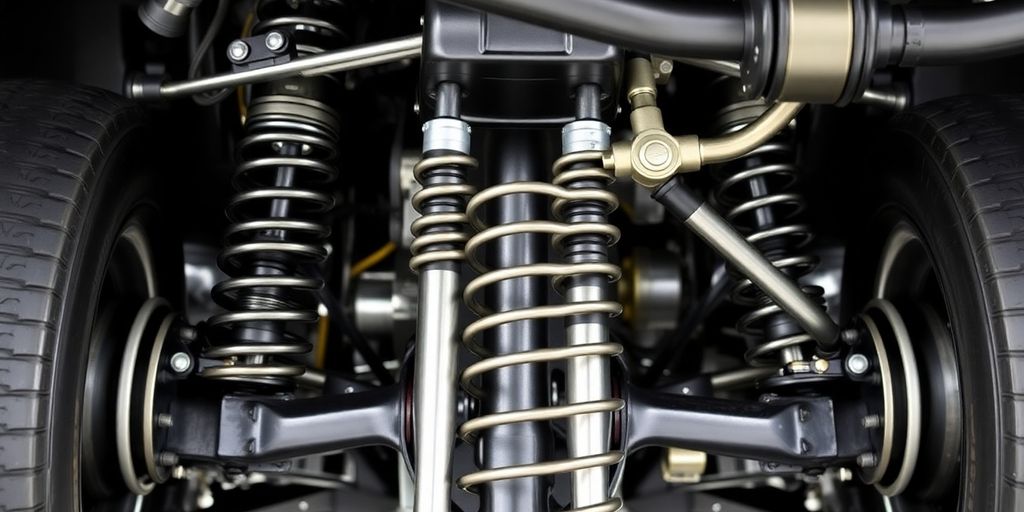
Installing Power Steering Systems
Adding a power steering system, such as the Borgeson unit, makes driving smoother and easier, especially during low-speed maneuvers.
Upgrading to Performance Shocks and Springs
High-quality performance shocks and stiffer springs enhance handling, control, and road comfort—key 1967 Mustang parts to improve driving dynamics.
Enhancing Stability with Sway Bars
Sway bars reduce body roll during cornering, increasing vehicle stability and driver confidence on twisty roads.
Brake System Improvements: Safety-Focused 1967 Mustang Parts

Converting to Front Disc Brakes
Upgrading from drum brakes to front disc brakes offers superior stopping power and reduces brake fade. Choose a conversion kit tailored for your Mustang model.
Upgrading Brake Lines to Stainless Steel
Stainless steel brake lines resist corrosion and provide a firmer brake feel, improving safety and longevity.
Choosing the Right Brake Pads and Rotors
Performance-grade brake pads and slotted or drilled rotors help dissipate heat and maintain braking efficiency during aggressive driving.
Interior Restoration and Comfort Enhancements
Reupholstering Seats with New Foam
New high-density foam improves seat comfort and support. Consider adding seat heaters for extra luxury.
Installing Modern Sound Systems
Upgrade to a head unit with Bluetooth and USB, paired with quality speakers and a compact subwoofer, for an enhanced audio experience without losing the classic vibe.
Restoring Dash and Instrument Panels
Replace cracked dash pads, restore instruments, and upgrade to LED gauges for improved visibility and style.
Electrical System Overhaul: Reliable and Modernized Components
Upgrading the Alternator and Wiring
A high-output alternator and a new wiring harness designed for classic Mustangs ensure your electrical system supports modern accessories safely.
Installing Modern Headlight Relays
Headlight relays prevent voltage drops, delivering brighter and more reliable lighting for safer night driving.
Enhancing Battery and Charging Systems
A modern, high-capacity battery and well-maintained charging components guarantee consistent power delivery.
Fuel System Enhancements for Efficiency and Power
Replacing the Fuel Tank with Larger Capacity Models
Swapping to a ’69 or ’70 Mustang fuel tank increases capacity from 16 to up to 22 gallons, reducing fill-ups on long drives.
Upgrading Fuel Lines and Filters
Modern fuel lines and quality filters ensure a smooth fuel supply and protect your engine from impurities.
Choosing the Right Carburetor Jets
Proper carburetor jet selection fine-tunes your air-fuel mixture, improving throttle response and overall engine performance.
Safety Features and Modernizations for Peace of Mind
Installing Three-Point Seat Belts
Upgrade from original lap belts to three-point seat belts for vastly improved occupant safety.
Upgrading to a Collapsible Steering Column
Replacing the rigid steering column with a collapsible model reduces injury risk during collisions.
Enhancing Visibility with Modern Mirrors
Wide-view mirrors with integrated turn signals improve road awareness and add a subtle modern touch.
Exhaust System Upgrades: Sound and Performance
Choosing the Right Headers and Mufflers
Long tube or shorty headers combined with quality mufflers boost horsepower and deliver that signature Mustang growl.
Installing a Dual Exhaust System
Dual exhaust improves horsepower and fuel efficiency while producing a deep, classic muscle car sound.
Enhancing Performance with High-Flow Catalytic Converters
High-flow converters reduce emissions without sacrificing power, helping meet modern environmental standards.
Wrapping Up Your 1967 Mustang Restoration with the Right Parts
Restoring your 1967 Mustang requires sourcing authentic, high-quality 1967 Mustang parts across every system—from engine and drivetrain to interior and safety features. Taking the time to rebuild carefully and upgrade thoughtfully ensures your classic Mustang will run reliably and turn heads for years to come. Remember, patience and quality parts are the keys to a successful restoration.
Frequently Asked Questions
The cost to restore a 1967 Mustang varies widely depending on the car’s condition and the level of restoration. A basic restoration can start around $20,000, while a full, show-quality rebuild may exceed $50,000 or more. Parts, labor, and upgrades all impact the total price.
While the 1967 Mustang is one of the most popular years to restore due to its classic design and performance options, many enthusiasts also favor 1965 and 1968 models. Each year has unique features, but the 1967 model strikes a great balance of style and mechanical improvements.
Exact numbers are difficult to determine, but it’s estimated that tens of thousands of 1967 Mustangs remain on the road or in restoration projects worldwide. However, many original cars have been lost to rust or accidents over the decades.
The 1967 Mustang’s price is driven by its iconic status, classic styling, and availability of performance options like the 289 and 390 engines. Its popularity among collectors and restorers keeps demand—and prices—high.
Classic Mustangs, especially well-restored or rare models like the 1967, can be solid investments. Their value tends to appreciate over time, particularly when maintained with quality parts and careful restoration.
While not extremely rare, 1967 Mustangs have become increasingly harder to find in good condition due to age and wear. Special editions and high-performance models, however, are considered quite rare and highly sought after.



